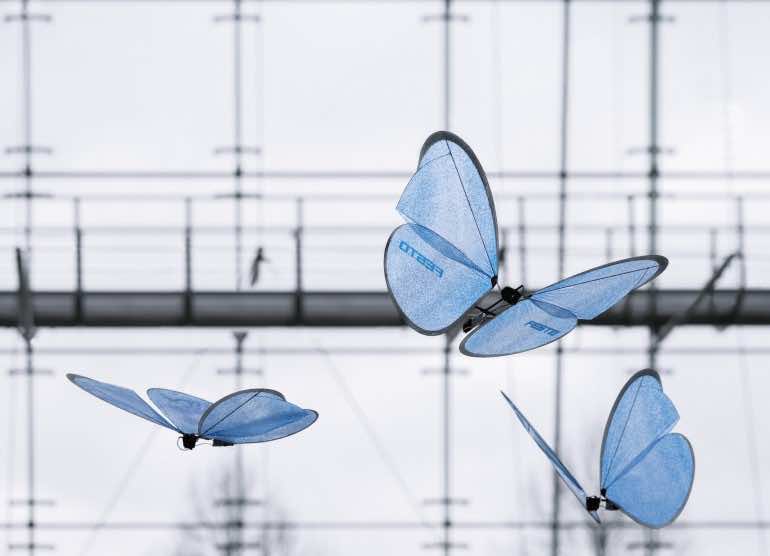German automation company Festo has announced its newest animal-inspired robots. Last year it was a kangaroo, and before that, a seagull, dragonfly, and floating air jellies. For 2015, Festo is introducing two new insectoid robots: cooperative ants and swarming butterflies. 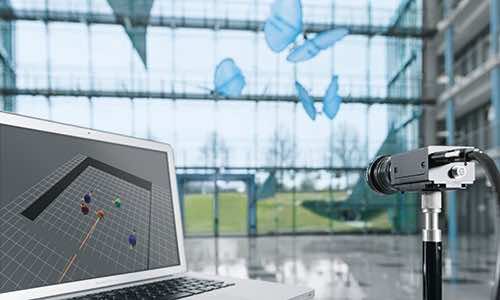
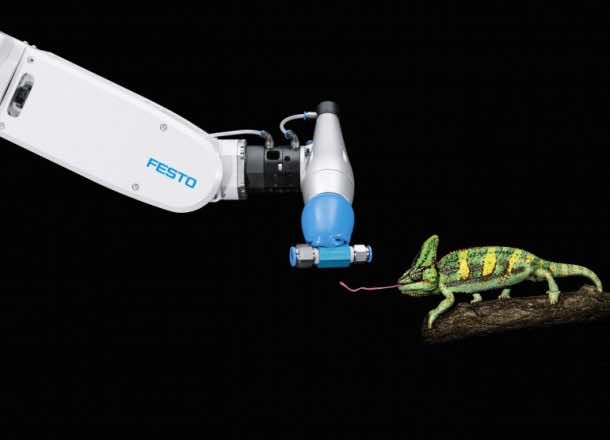
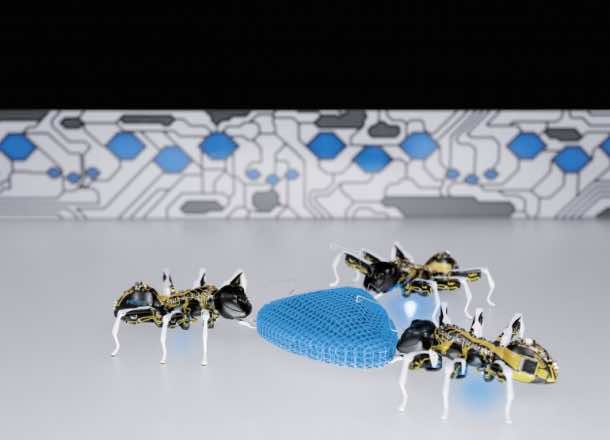
The theme of Festo’s “Bionic Learning Network” program this year is “Join the Network,” and their flagship projects are both based around swarms of small robots that mimic the way insects work together and interact with each other. They have created futuristic-looking bionic ants, realistic robotic butterflies and a silicone gripper based on chameleon’s tongue. Like real ants, the 3D printed BionicANTs (the latter meaning Autonomous Networking Technologies) can cooperate in small groups to move bigger objects, though they’re much, much larger at 5.3 inches in length. They have cameras on their heads, optical sensors on their bellies that enable infrared navigation, and antennae that function as wireless chargers. Those circuits running outside their bodies are functional. The BionicAnts follow sets of simple rules and can operate autonomously. They can also work together to complete large scale, complex tasks. 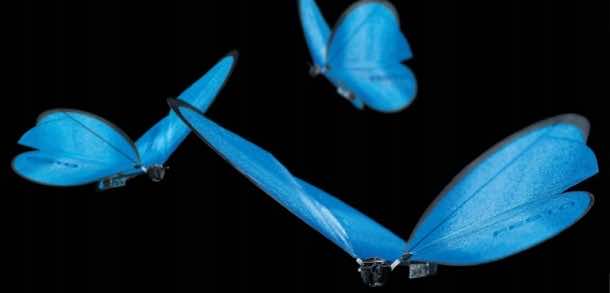
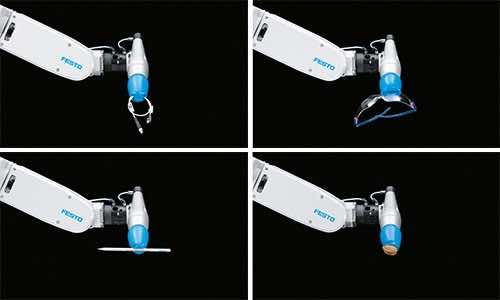
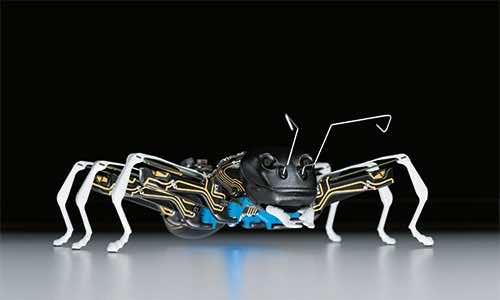
The eMotionButterflies, on the other hand, are robotic Lepidopterans that can fly pre-programmed routes inside spaces mounted with infrared cameras that serve as their GPS system. They are absolutely stunning to look at. Similar to BionicANTs, they have infrared sensors to avoid bumping into one another. They’re also equipped with motors, along with other components, that allow them to flap their wings like real ones do. They have a 20 inch wingspan and can fly for 2.5 meters per second for three to four minutes before they need to be recharged. According to Festo, “as the wings slightly overlap, an air gap is created between them when they beat, which gives the butterflies their special aerodynamics.” 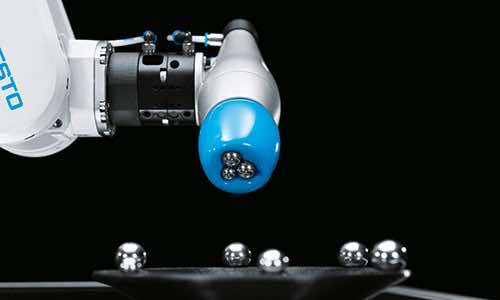
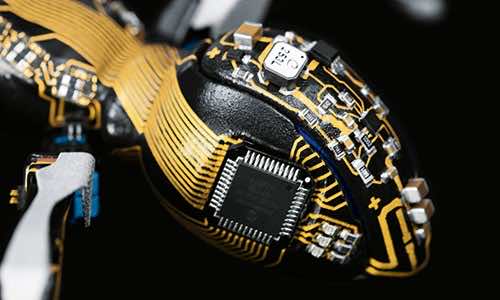
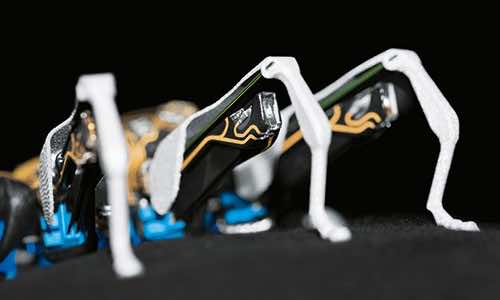
Lastly, the FlexShapeGripper (a joint project with the University of Oslo) is a silicone cap attached to a robotic arm that mimics the movements of a chameleon’s tongue. That cap acts as a suction that picks up objects, even flat ones like cards and phone. Festo will showcase all three machines at the Hannover Mess trade show in Germany in May 2015. Unfortunately, playing with one of these robots will not be possible, as they’re only intended to “develop technical concepts and industrial applications based on models from nature.”

